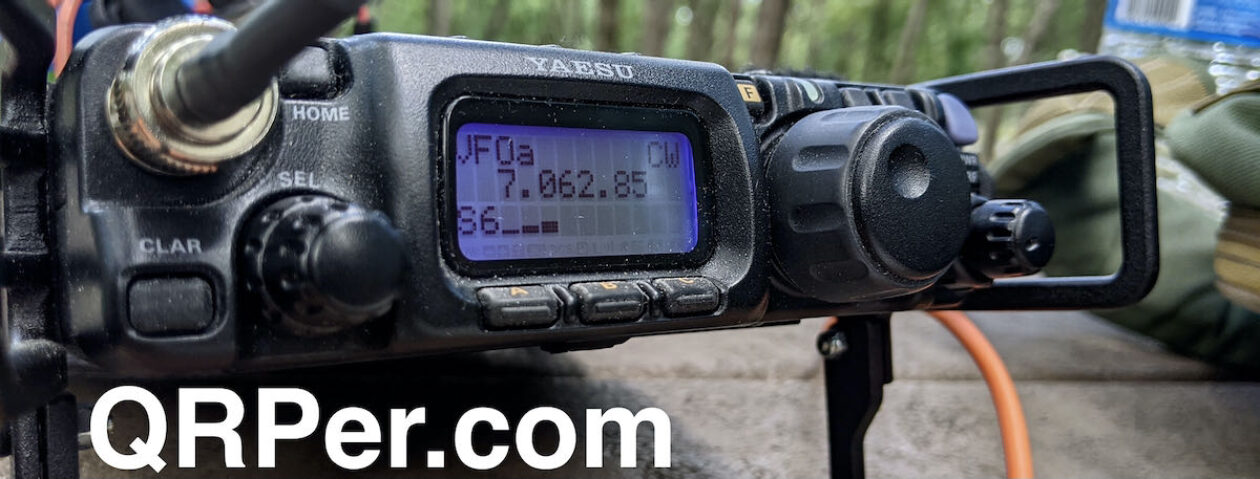
Well, I’m off to Hamvention in two days and trying to prepare for the trip. There’s so much to do!
If you are attending Hamvention this year, I’d love to meet you. Stop by the Ham Radio Workbench/Halibut Electronics table (#3011) and introduce yourself.
Since my travels this week are imposing on my field report time, I’m going to share another, shorter, Postcard Field Report. I hope you enjoy it:
Holmes Educational State Forest (K-4856)
 On Friday, April 21, 2023, I had a short window of time to fit in an activation while my daughter was attending her high school robotics class.
On Friday, April 21, 2023, I had a short window of time to fit in an activation while my daughter was attending her high school robotics class.
Her robotics class lasts nearly two hours, but it’s 30 minutes away from all parks and summits, so traveling to/from a site takes about one hour.

I didn’t care because I had a particular park in mind: Holmes Educational State Forest (K-4856).
It had been one year almost to the day since I last activated Holmes.

I arrived on site around 13:30 local, and there were only a few other people floating about.

I walked up the main loop path in search of a good picnic table that was out of the way and with ample trees about.

 In a pinch, any of the picnic table sites would have sufficed, but since I practically had the whole park to myself, I could afford to be picky!
In a pinch, any of the picnic table sites would have sufficed, but since I practically had the whole park to myself, I could afford to be picky!

The sign above reminds me that Educational State Forests in North Carolina have hours that vary by season and truly cater to school groups, thus are primarily open during the school day. Always check those hours before embarking on a journey to this type of park.


One great thing about our Educational State Forests is that they almost always have a nice covered picnic shelter for school groups. If they’re not occupied, they’re perfect for POTA activators who’d like to escape heavy rains. You can see the one at Holmes off in the distance in this photo:


I ended up choosing the same picnic table I used last time–it had more room around it to set up an antenna without crossing the path.
 I didn’t have a lot of time to set up and operate, so I chose to use one of my speedier deployment combos: the Elecraft KX2 and PackTenna 9:1 Random Wire. Continue reading Postcard Field Report: Pairing the Elecraft KX2 and Packtenna 9:1 Random Wire at Holmes Educational State Forest →
I didn’t have a lot of time to set up and operate, so I chose to use one of my speedier deployment combos: the Elecraft KX2 and PackTenna 9:1 Random Wire. Continue reading Postcard Field Report: Pairing the Elecraft KX2 and Packtenna 9:1 Random Wire at Holmes Educational State Forest →
 Last month, I recorded another “Hike and Talk” session before a POTA activation at K-4861. If you’re not familiar with my “Hike and Talk” series, these are long-format, unedited videos where I hike (camera in hand) and cover a topic that’s not easy to encompass in an email reply or even blog post.
Last month, I recorded another “Hike and Talk” session before a POTA activation at K-4861. If you’re not familiar with my “Hike and Talk” series, these are long-format, unedited videos where I hike (camera in hand) and cover a topic that’s not easy to encompass in an email reply or even blog post.







































